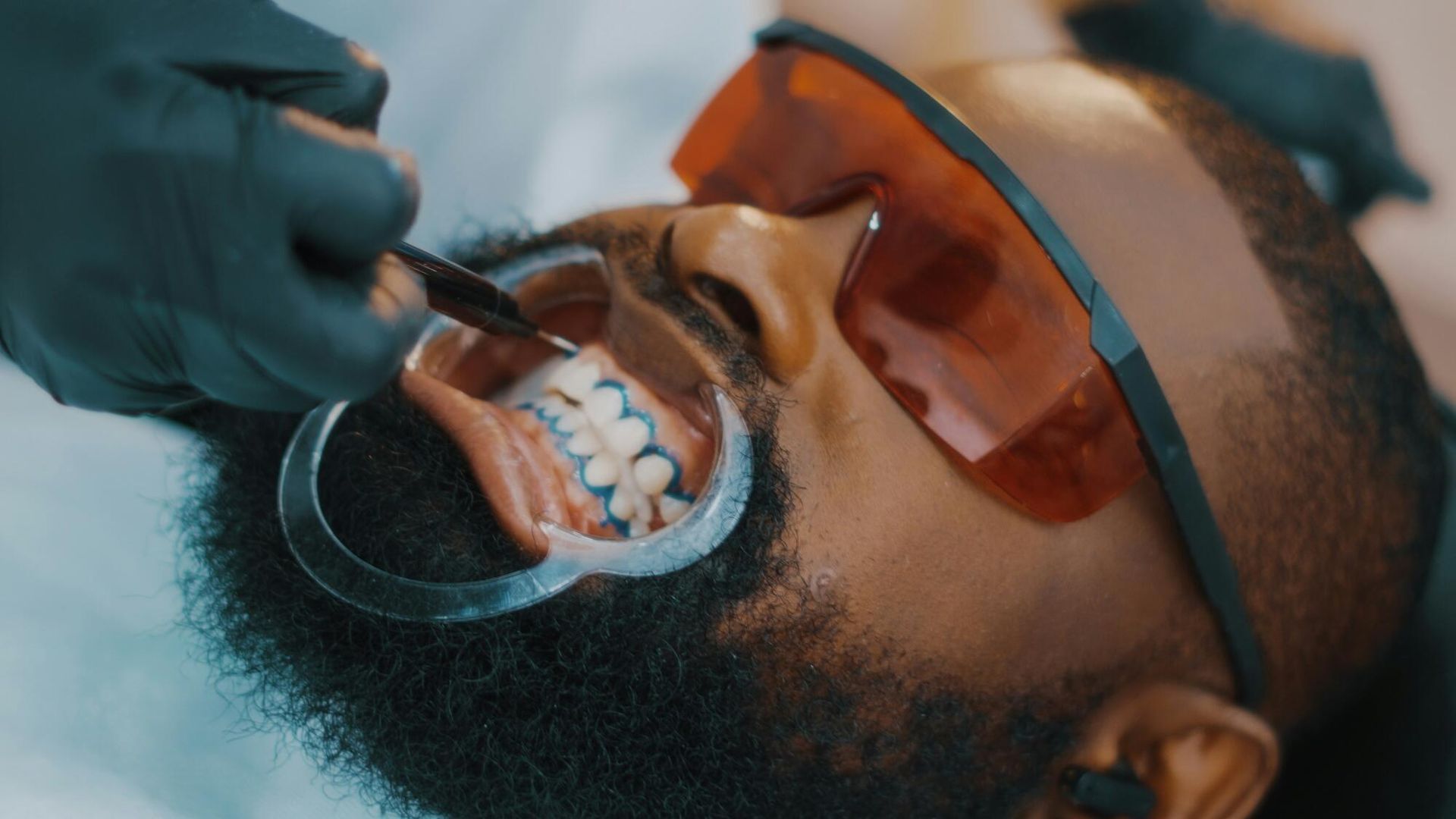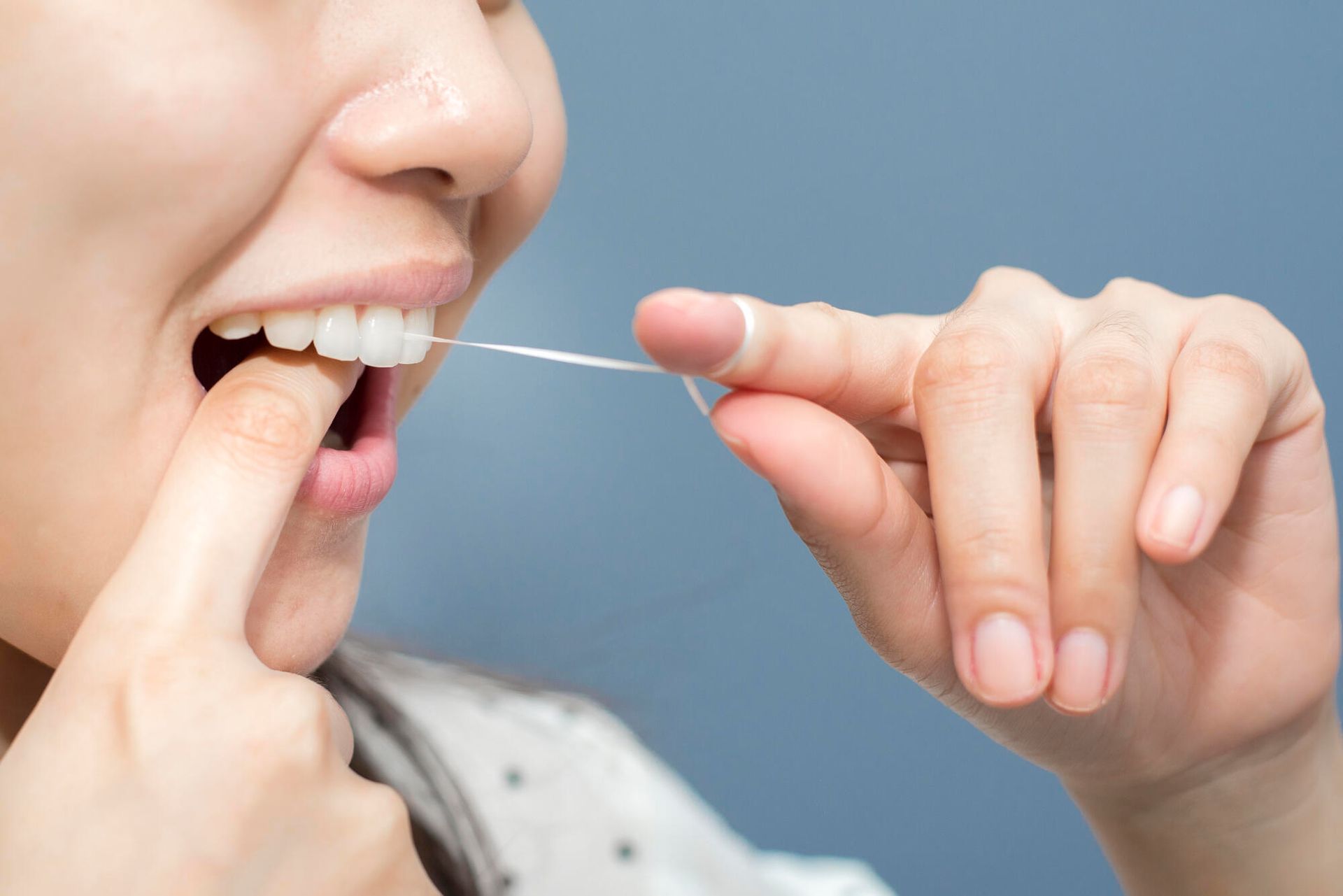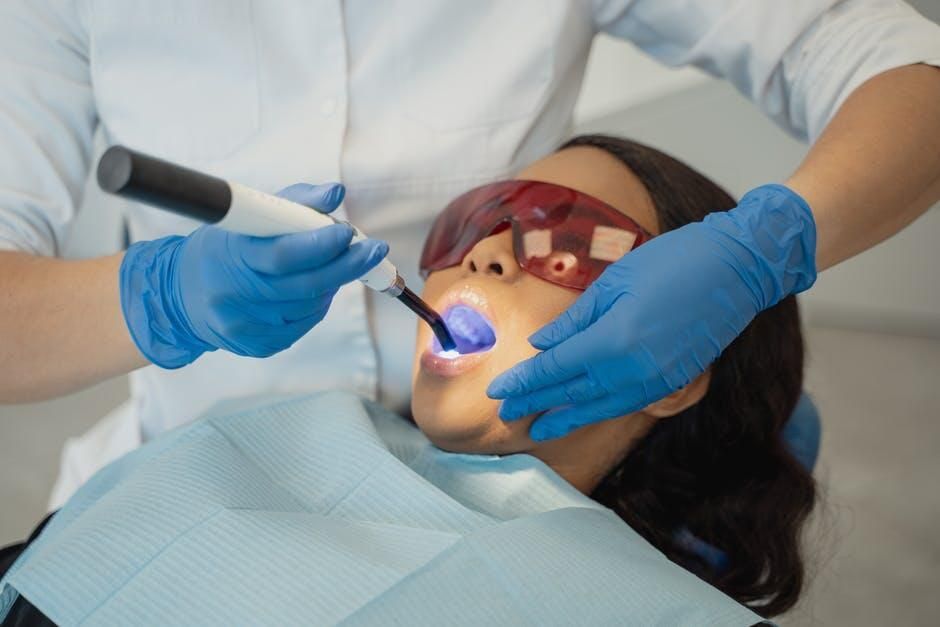New Patients Welcome
Dental Crowns and Bridges: What's the Difference?
With the U.S. dental industry making almost 2.3 million crowns every year, this kind of dentistry is not going anywhere fast. At the same time, the same industry creates a similar number of bridges for patients across the country. Although, if you need one, do you know what the difference would be between crowns and bridges?
If you are looking for a dentist in Arlington, TX, you might need to know about these two different procedures. To help, we have listed some of the information that differentiates these below. So, read on and learn more before you have to choose between them for yourself.
What Is a Dental Crown?
When you damage your tooth, you might need a replacement to prevent further damage. Dental crowns are tooth-shaped objects that sit secured atop an older tooth.
To install a dental crown, the dentist files down the old tooth to a smaller size. This then acts as a "surface" to cement the new cap onto. The cap itself is the same size and shape as the old tooth, and so people may perceive it as the original.
When the tooth is in place, the dentist will ensure that you keep the same ability to bite as before to help you maintain your quality of life. Once this happens, it is rarely possible to tell the difference between this and your older tooth.
Professionals create dental crowns out of many different materials. These could be any of the following:
Ceramic or Porcelain. People often buy these when they want the look of the implant to match their old teeth, although they are not as strong as metal or other options. Other reasons to get these also include if you have an allergy to the metal used in crowns.
Metal. Many metals exist in crowns, including gold, to show off wealth, although that is not the only reason to have a metal tooth. These teeth are also very hard-wearing, although can appear very different from other teeth, so are usually only used for back molars.
Metal and Porcelain. This uses metal with a porcelain coating. It has the benefits of the metal's strength and the natural color of the porcelain.
Pressed Ceramic. This option is a very durable alternative to normal ceramic. They are also capped with porcelain, and so is the best option for their color.
Resin. These are very cheap and affordable. Though, they are more prone to breakage.
Why Would You Get a Dental Crown?
There are many reasons why you would need a dental crown. Many of them involve still having a large part of the tooth in place. They include:
- Finishing a root canal with a protective covering
- Hiding a tooth that has lost too much of its mass due to decay
- Hiding discolored teeth
- Protecting a new dental implant that may need time to remain steady
- Protecting an existing tooth by capping it
- Reconstructing a tooth that has weakened from damage
- Removing misshapen teeth from view
- Supporting a dental bridge if the tooth would otherwise not be able to
Other reasons do exist, although many of them are rare or niche uses of a cap. A dentist may use a cap for any reason that they feel is necessary.
What Is a Dental Bridge?
Dental bridges are not solo items that sit on their own. Instead, these are a form of false teeth that make use of the roots of the surrounding teeth to keep them in place.
Dentists often use these when they must remove a whole tooth. In these instances, they perform several steps to put it in place. Although the steps used depend entirely on which type of bridge the dentist chooses:
Cantilever Bridge
These are named for their traditional construction counterparts, which follow similar principles. Cantilever bridges remain in place by cementing them to one adjoining tooth. This can be a fast process, although it does need one strong tooth next to it and can lead to damage to the adjoining tooth.
This is a good choice when the neighbor tooth is a strong-rooted candidate. A good example would be a back molar, which would be able to stand up to more leverage.
Implant-Supported Bridge
An implant-supported bridge connects to a dental implant next to the space where the tooth would be. As people getting implants often choose for all spaces to have implants, these are rarer bridges.
One would most often use this if the space next to an implant cannot support another implant for some reason. An example of why this would be might include other trauma to that area of the jaw, or other misshapen teeth surrounding the bridge.
Maryland Bridge
These use two teeth next to the bridge to hold it in place. However, this option is for when you do not want to crown the teeth and use them as support. Instead, you use a metal or porcelain backing for the two adjoining teeth.
You would use this option if you did not want to cap the adjoining teeth for any reason.
Traditional Bridge
This is like the Maryland Bridge above. Although, instead of backing the two adjoining teeth, you would fully cap them. This option works well by creating a very strong bond.
Why Would You Get a Dental Bridge?
Dental bridges exist for people who want to restore a tooth that has been damaged, knocked out, or is otherwise missing. There may be any number of reasons why this has happened and can affect people in many ways.
Examples of how it can help people include:
- Adjusting a person's bite
- Restoration of confidence and comfort in a smile
- Speech therapy and improvement
- Preventing other teeth from straying
- Eating comfort
More Info on Crowns and Bridges
Now that you have read the above, you should have a much better idea of what crowns and bridges are. If you still want more information, though, we can help you work out which you might need and why.
Our family-run dental practice can help you understand the procedures you might need moving forward. So, do not hesitate to get in contact and ask for an appointment. You only need to give us a call and we can help you get the treatment that you deserve.
817-435-4634
All Rights Reserved | Heather E. Martinson, DDS
Website designed and maintained by Xpress, INC











